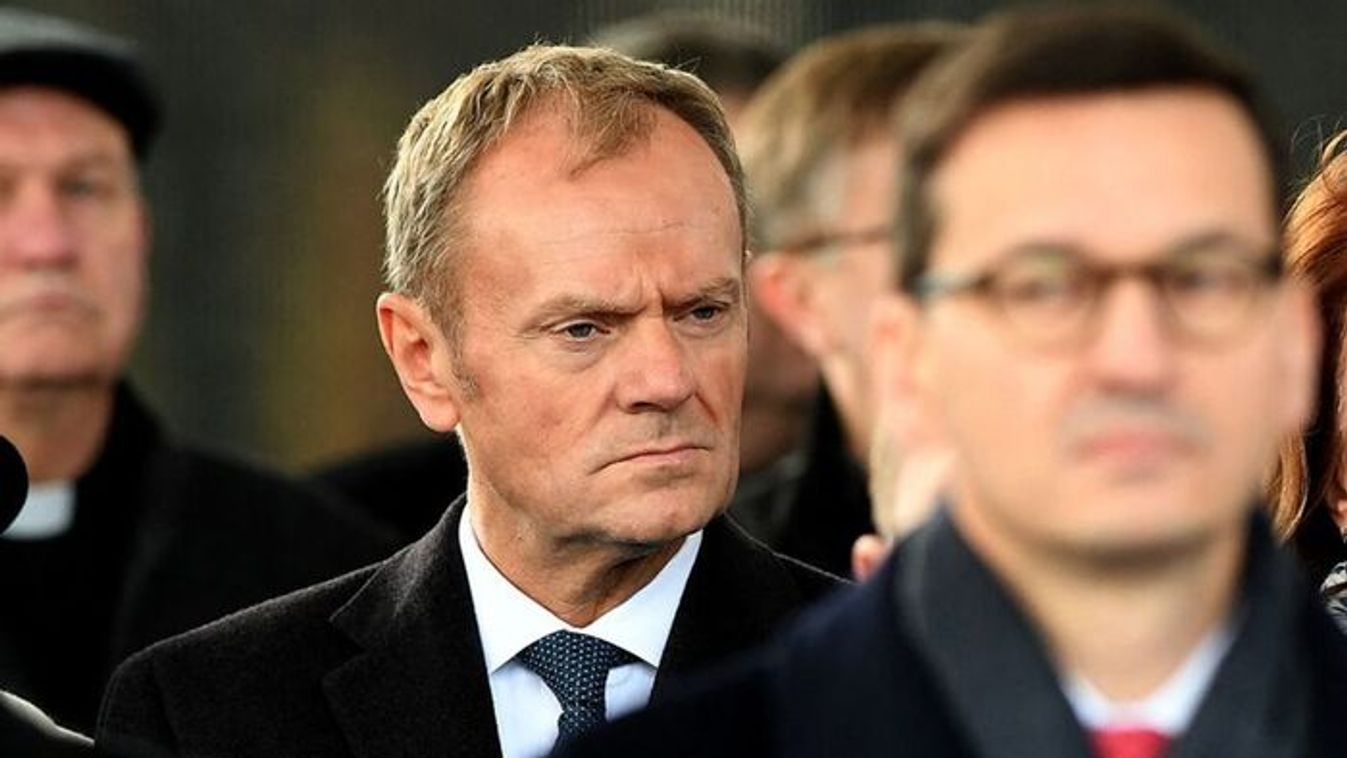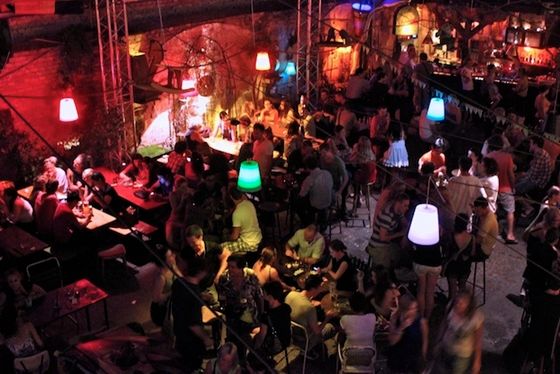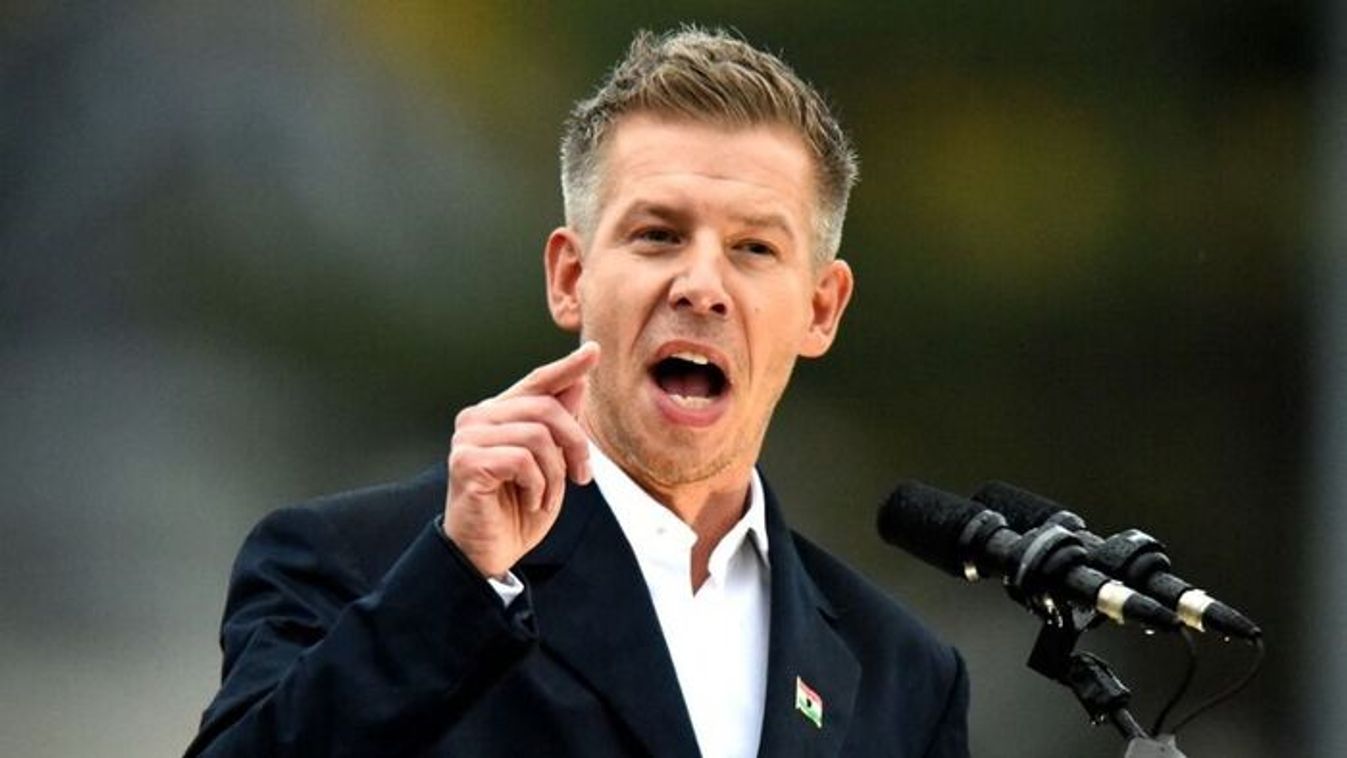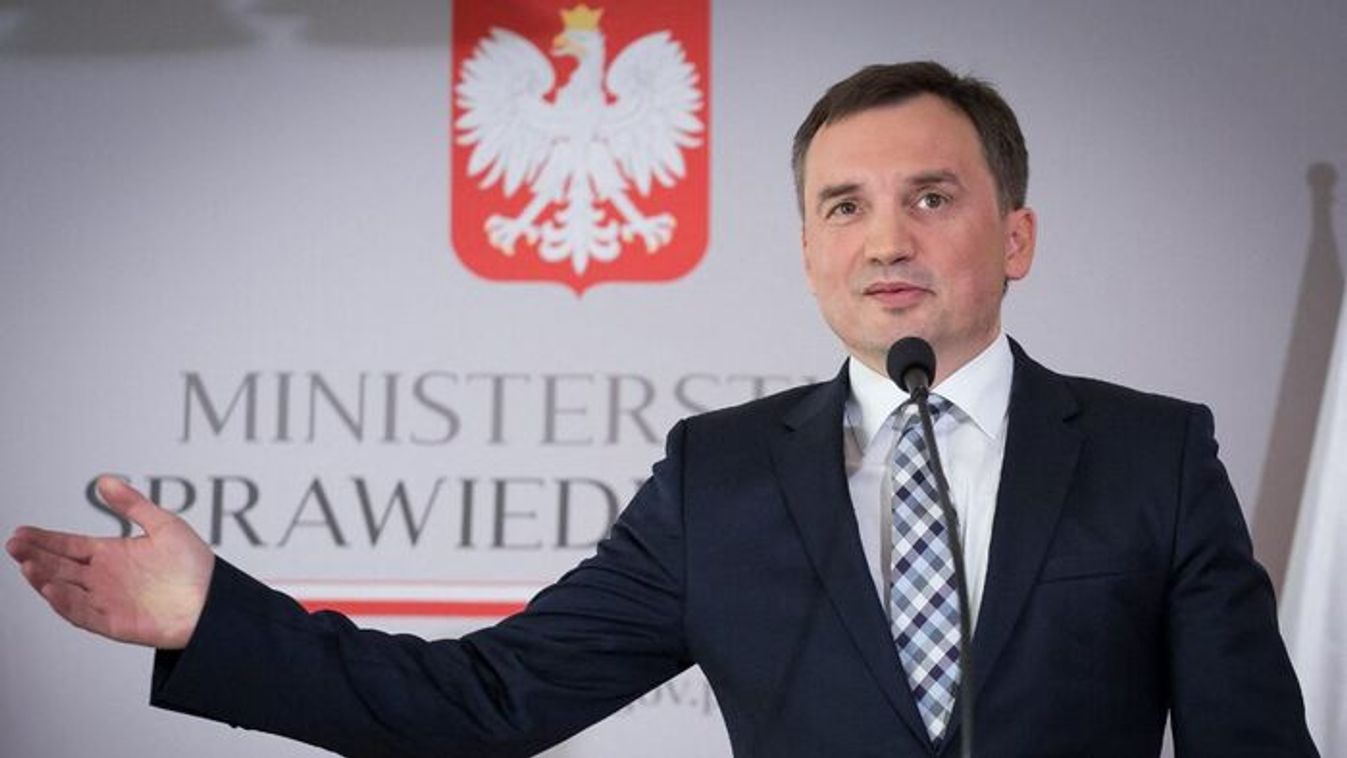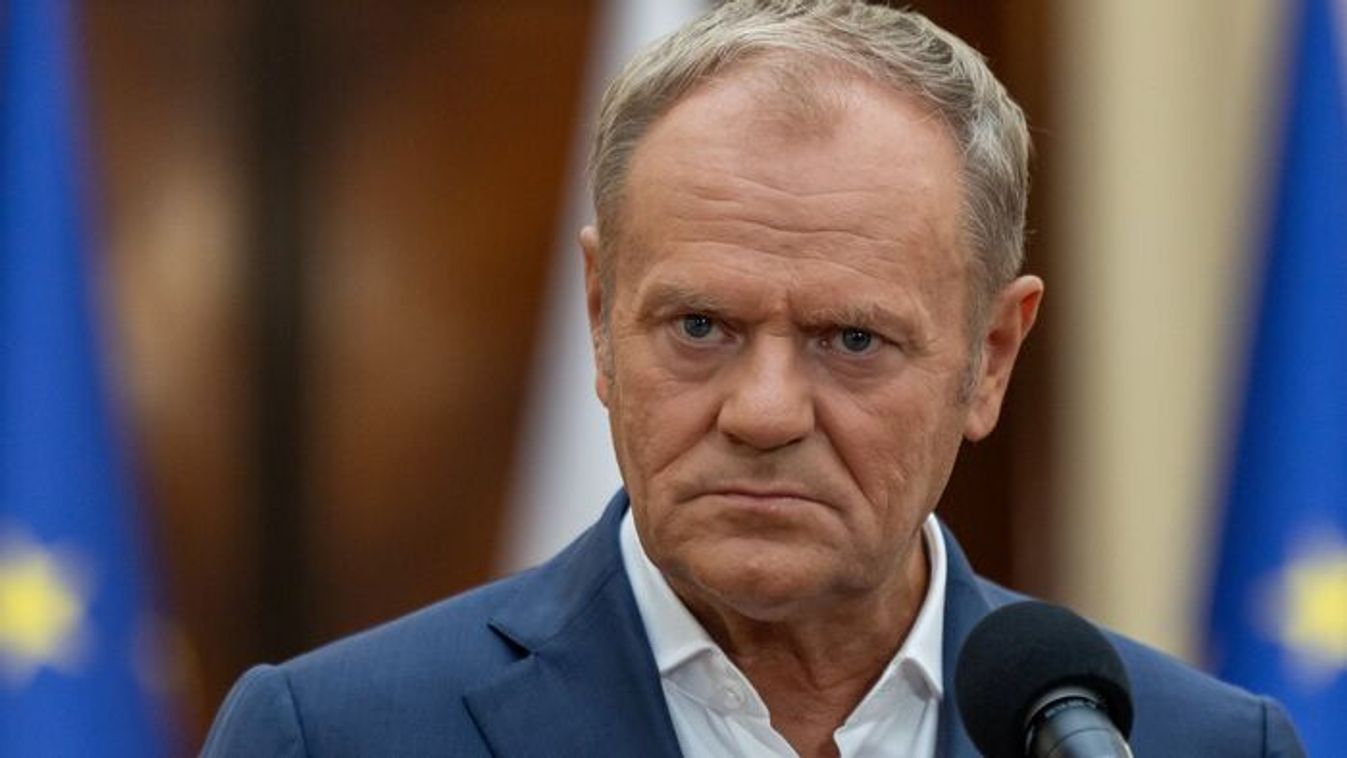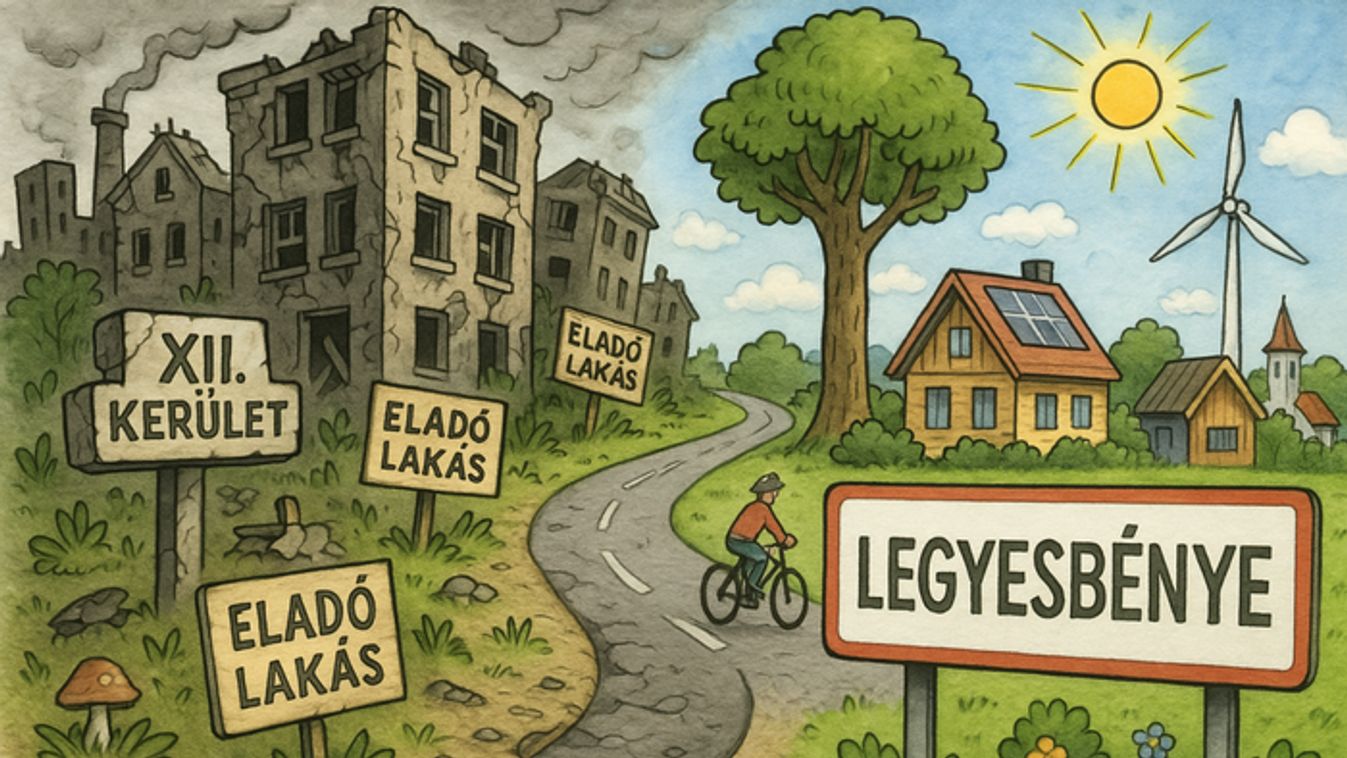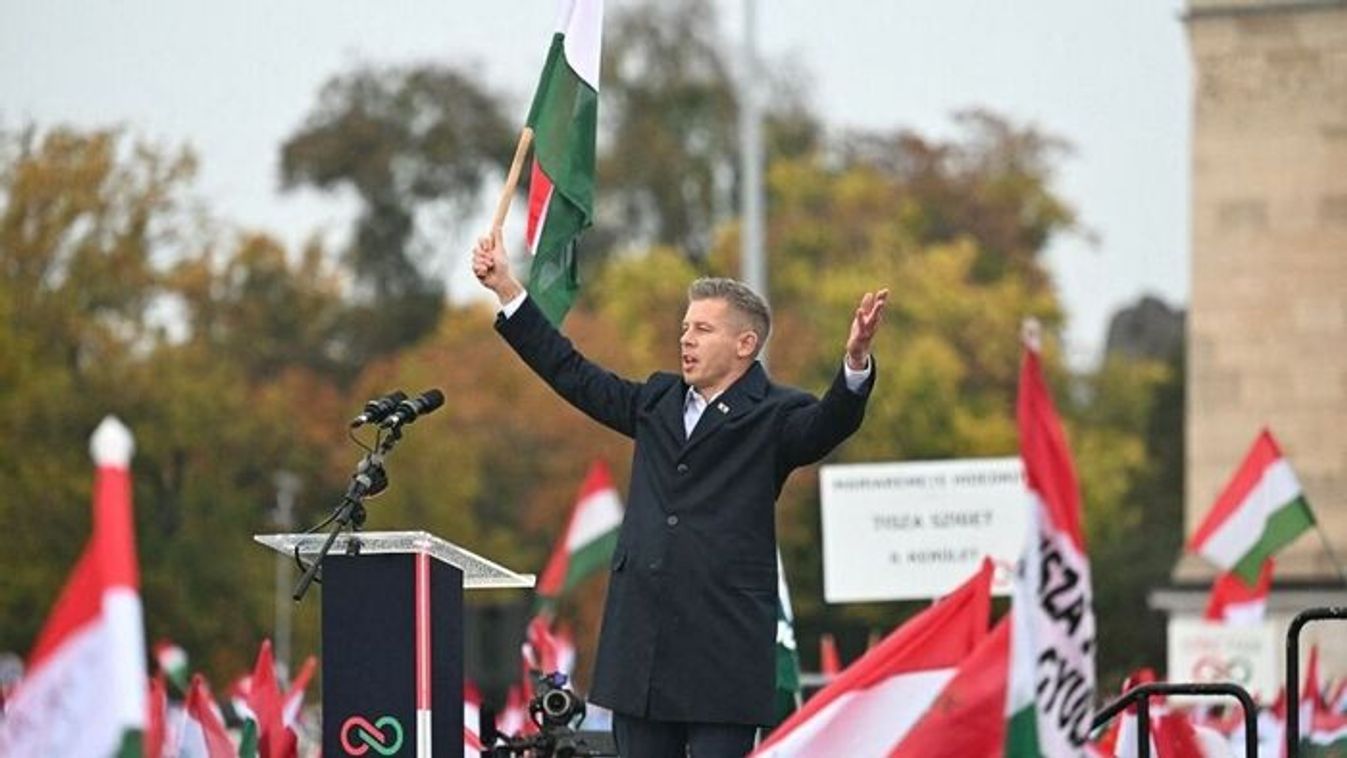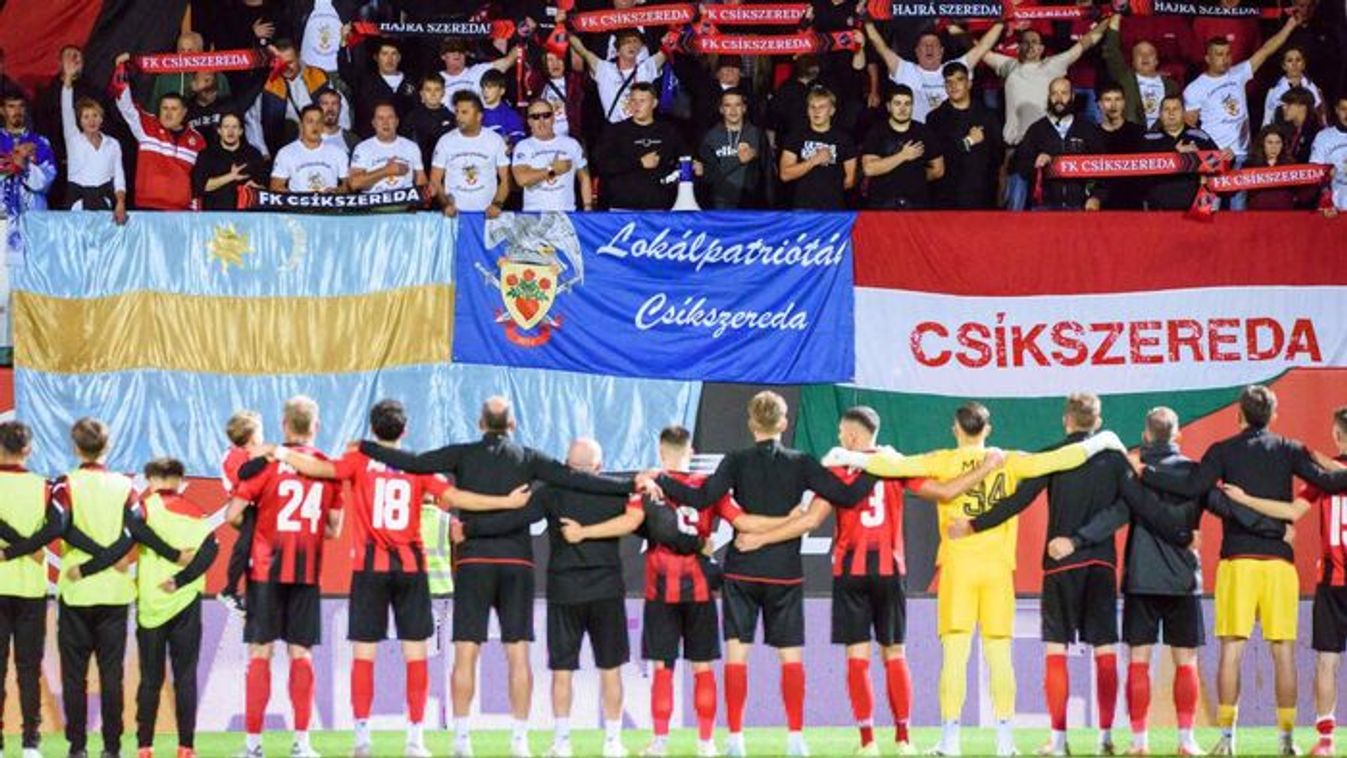During the post-1989 transition period, Budapest trudged along in its large, grey manner, a city of more than two million inhabitants that preferred cars to pedestrians on its motor-oriented streets. This urban developmental style applied across the metropolis, even to the downtown area. After 1990, the post-modern movement dominated emerging innovations for almost twenty years. New buildings that attempted to mesh with the classic style of their older surroundings were dismissed as mere historicism and regression. Developers maintained that each era has its own style, and that society shouldn't force architects to copy the past. That era, named for the Budapest mayor of the time, Gábor Demszky, aimed to created something remarkable of its own.
In 2010, the new leadership of the city adopted a different philosophy. Mayor István Tarlós, who had formerly managed a large suburb district during the Demszky-era, was known for his pragmatic, step-by-step politics. The mayor began with the modest project to repair Budapest and efficiently maintain its infrastructure. Tarlós originally avoided plans to make any sweeping changes to the capital. However, under the guidance of this fresh leadership, these reforms ultimately blossomed from the practical into the truly remarkable. The Budapest mayor wasn’t the first and only driving force behind transformation. Innovations in the city center began as early as 2006 when Antal Rogán became mayor of the 5th district, the heart of downtown Pest (Budapest is composed of districts, each with its own municipal government like the arrondissements of Paris).
Like many urban areas in the West at the time, most innovations under the communist government were geared primarily toward automobiles and their drivers. Now the trend swings the other way, giving the streets back to the pedestrians – at least in downtown Budapest. People enjoy more and more crosswalks and pedestrian-only streets. Gone are the days where pedestrians were merely considered obstructions to motorists.
One of the latest grand projects got underway in November 2012. Ferenciek tere – or Franciscan’s Square, named for the Franciscan church that stands on its southeast side – has been split into two parts since 1973 by a tunnel for cars. This tunnel is now being dismantled, along with the major thoroughfares of Kossuth Lajos út and Szabad sajtó út, which connects traffic to the Erzsébet bridge. Franciscans are contributing to the new look as well with the renovation of their baroque style church where Ferenc Liszt once regularly attended Mass. One of the square’s iconic twin palaces are among several buildings also is renovated.
One of the oldest squares in Pest is located in the Ferenciek tere neighborhood, Március 15. tér (or, March 15th Square, which commemorates the revolution of 1848) and boasts a beautiful panorama of the Danube and Buda. The church in the square preserved the last remnants of the Middle Ages on the Pest side of the capital. Despite the historical significance of this site, which also houses ruins from the Roman Empire, the square was long a pale and dilapidated area, populated by vagrants preying on the wallets of tourists. Today, the renovations have transformed the square into a shining and vibrant jewel of the area once again. The improvements have also reached Kecskeméti utca, previously a narrow road crowded with cars at the beginning of the 15 kilometer-long avenue called Üllői út. Just a few steps away is Széchenyi István Square, which is also slated for renovations soon. Kálvin Square was given back to the people by the end of 2010, an important meeting point for university students due to its close proximity to one of the most popular libraries in addition to several universities. The semicircle of the kiskörút, or Small Ring Boulevard, including roads around the innermost center and its tram were also renovated, presenting a new and greener city landscape.
